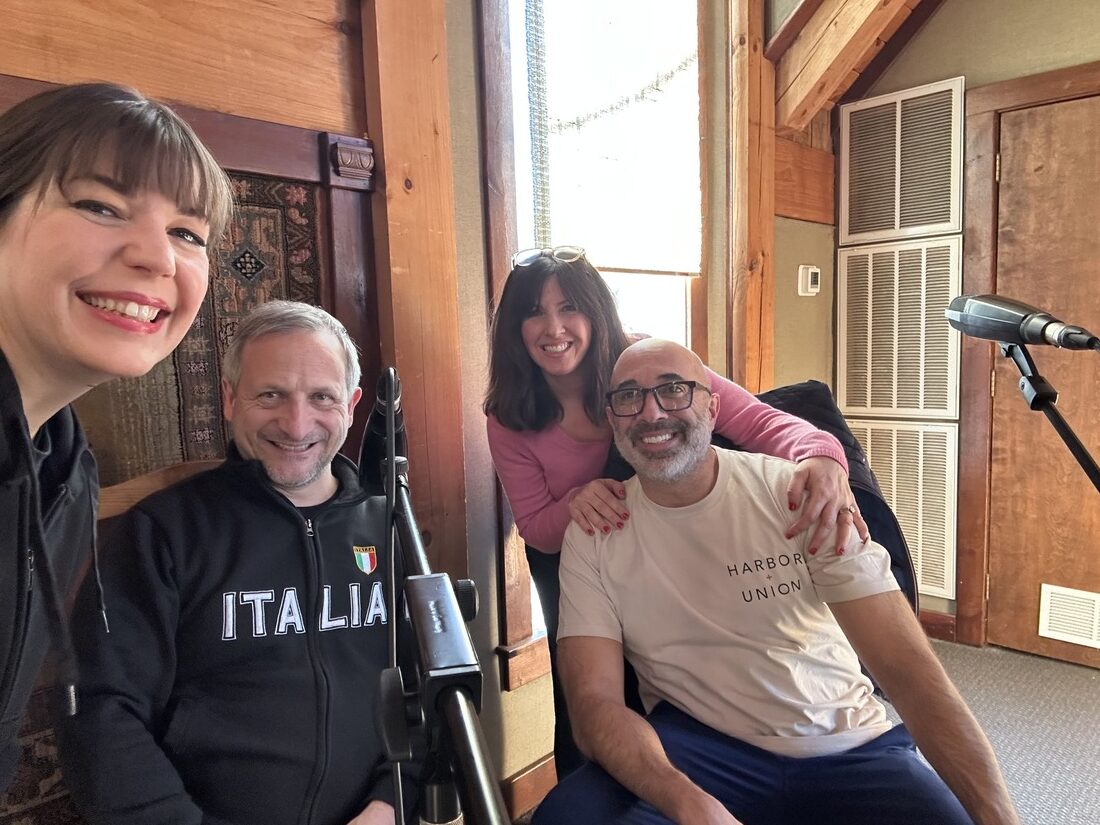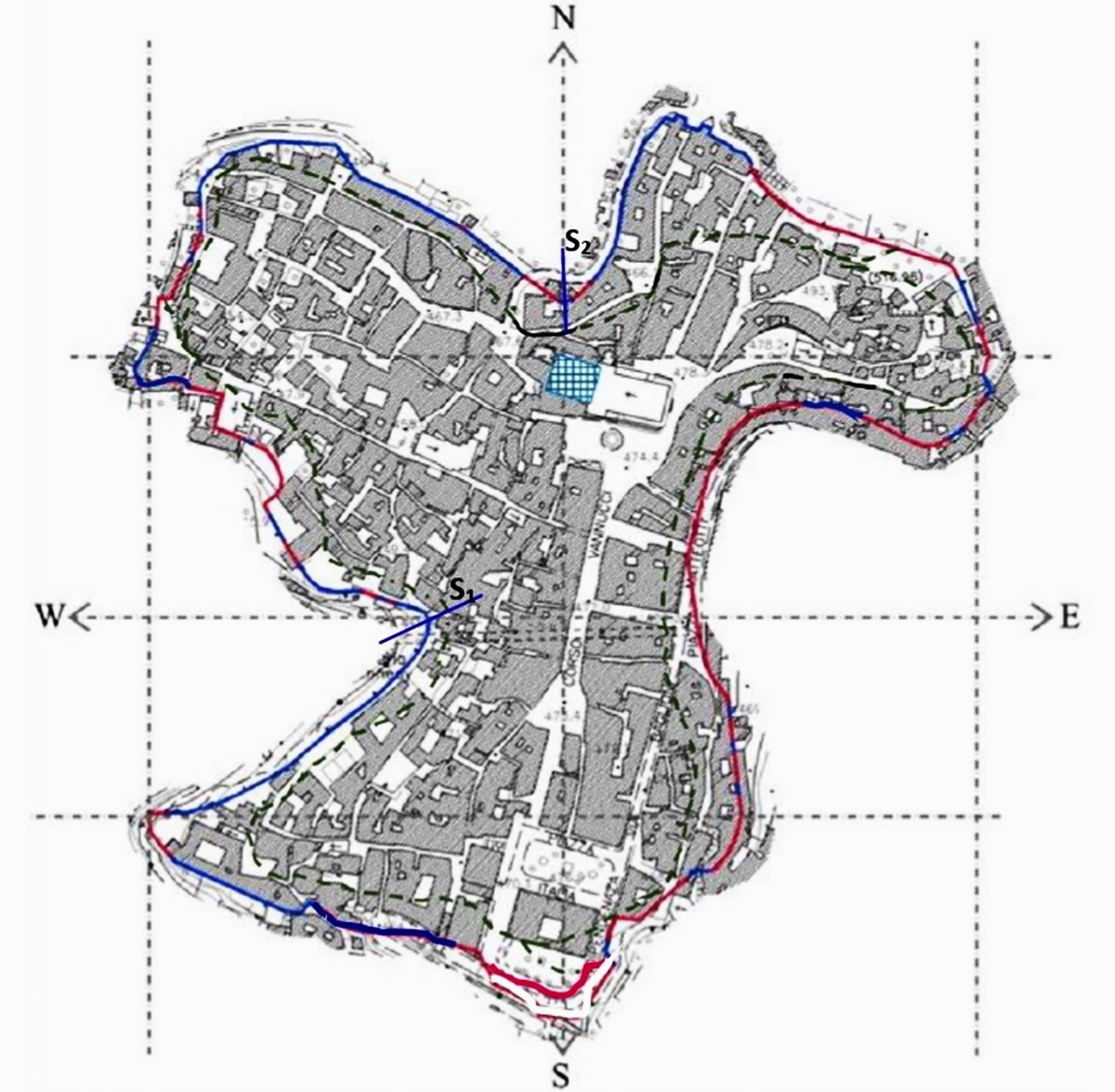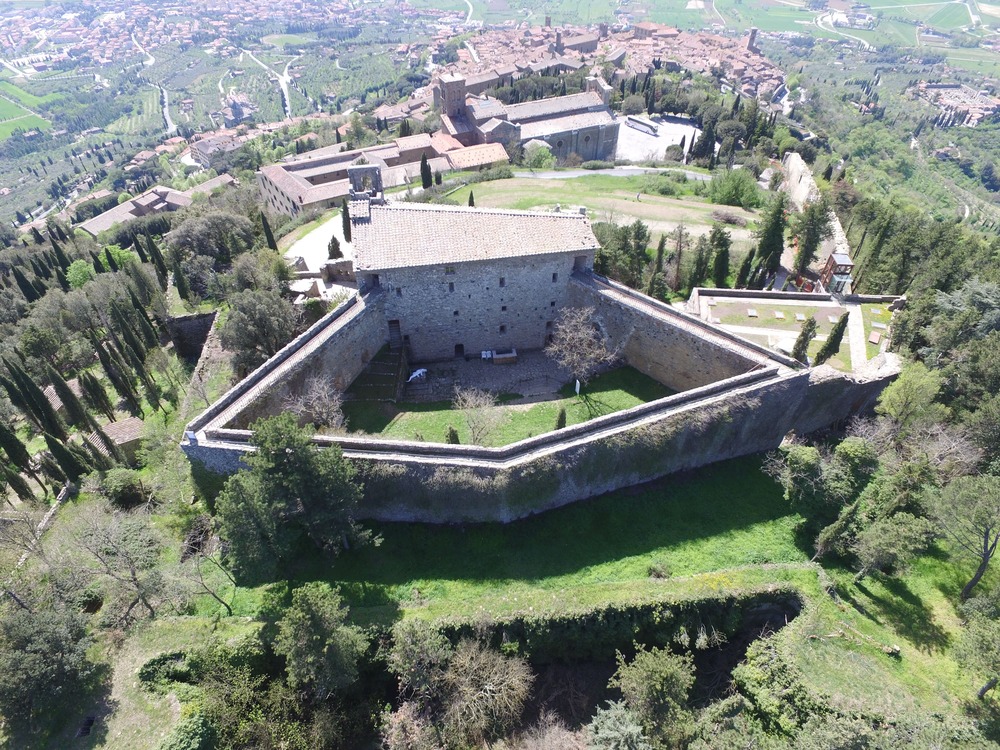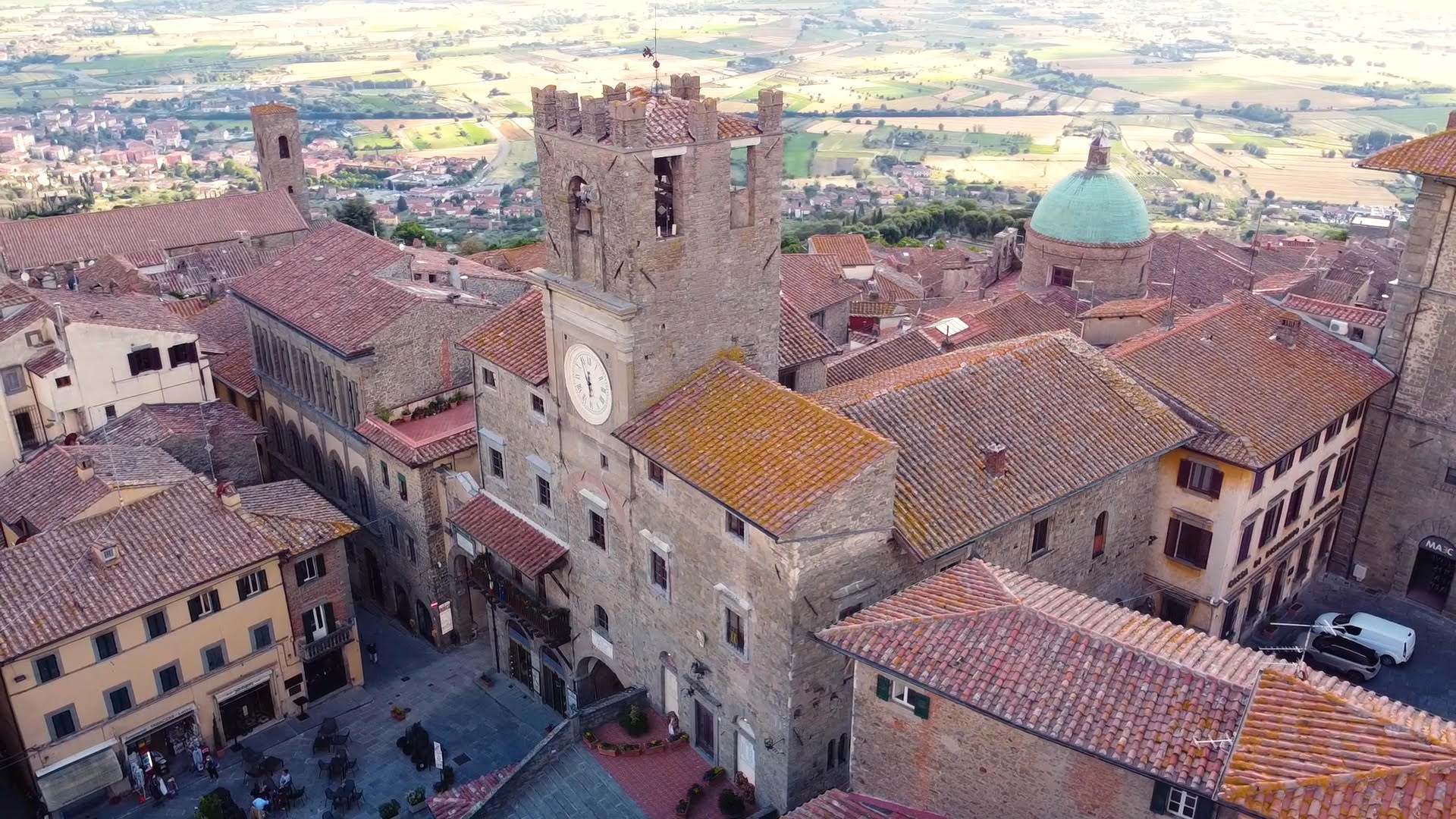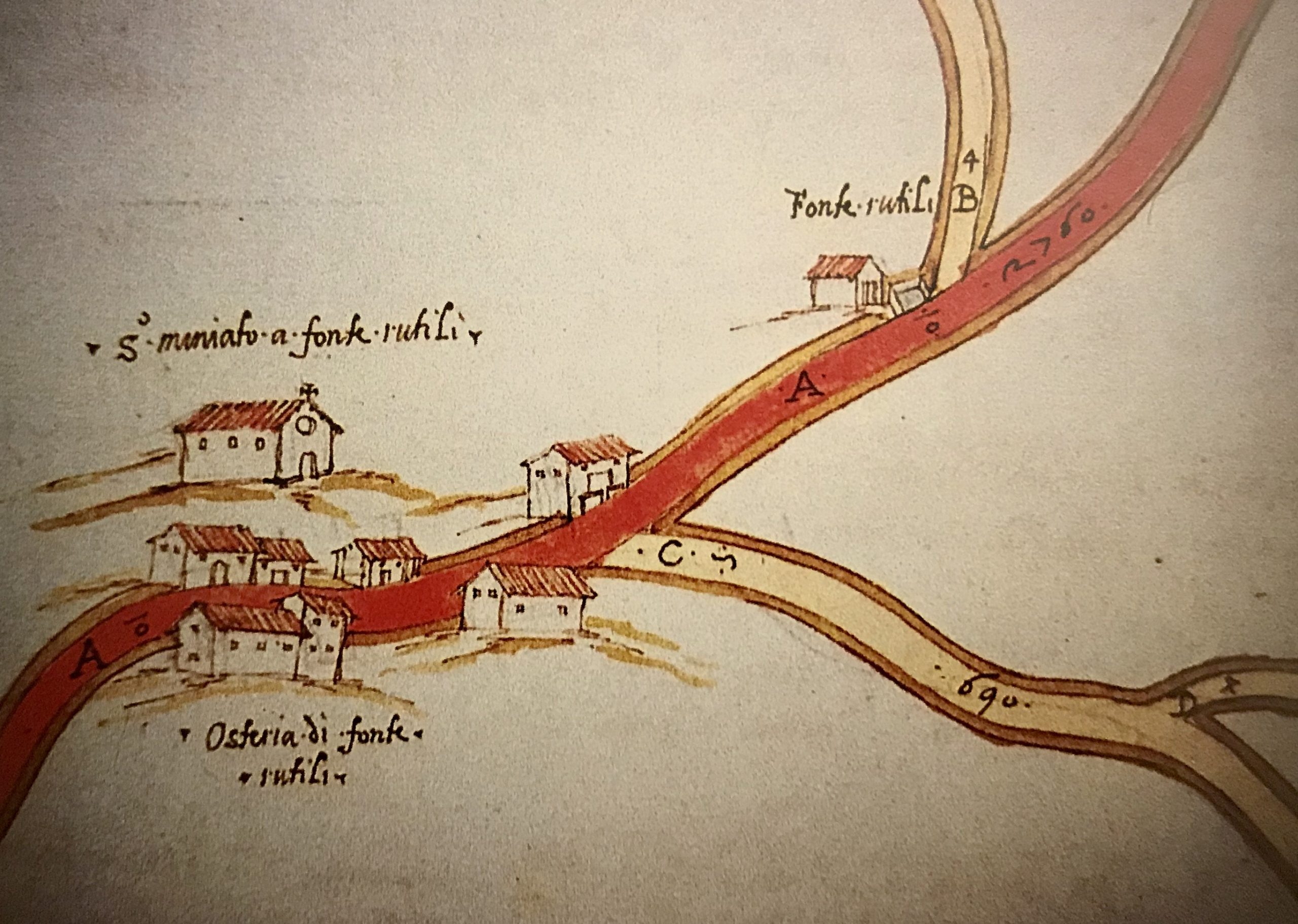In the heart of Cortona, nestled beneath the same Tuscan skies that inspired Under the Tuscan Sun, there’s a place where ancient craftsmanship, family heritage, and modern elegance meet—link by link. It’s not a vineyard, nor a palazzo hotel, but a jewelry house unlike any other: DelBrenna Jewelry.
read more >Tag: Etruscans
The award, in defining the Complex of S. Anna as an “example of constant commitment to the defence of the landscape”, clearly refers to its well-known history, which sees it used since the Middle Ages for humanitarian and educational cultural activities, with the hospitality of orphans, with worship and teaching, but also refers to its most ancient history.
read more >There has probably been a fortress on the hilltop overlooking Cortona since the 5th or 6th century BC, when the original Etruscan walls followed a course which roughly corresponds to the existing perimeter walls of today. However the first historical records describing a ‘strong and beautiful fortress’ date back to 1258 AD. Having been plundered and sacked several times during the wars with Arezzo it was sold to the Florentine Republic in 1411, together with the entire city of Cortona, although reconstruction work only began in 1527.
read more >Since this February, the Etruscan city has featured a new high-speed connection with the large cities of Northern Italy. The “Frecciarossa” train allows one to move between Milan and our train station in three hours and this will make visiting the city’s splendors even easier and more comfortable. The health situation is still in a difficult moment, but the city administration, together with cultural and tourism operators, has prepared a program of events to be held with complete safety in mind. There are also a series of packages that foresee the possibility to “find refuge” together with family members in one of the fine accommodation facilities in the area. Cortona is a small center, with a big heart and with a vast and varied territory – from mountains to gentle hills, down to the valley where some of the most interesting gastronomic wonders of Tuscany are produced. Already, starting this Spring, in accordance with actual health conditions, exhibitions will be prepared, and the first events of the season brought into being. The idea of choosing Cortona for your “safe harbor” away from life in the big cities is beginning to gain ground as a lifestyle choice post-Covid 19. Already a significant number of professional people have decided to spend a part of their time here, as they continue remote working.
read more >Amongst the great variety of temporal and spiritual potentates that dot the history of Italy, the Holy Roman Emperor Otto III passed through here (remembered by the Edict of Fonterutoli of 998 which put an end to the territorial conflicts of the dioceses of Siena, Arezzo and Fiesole), then Pope Leo X who left Rome and stopped in Castellina to meet the freshly nominated King of France in 1515; here came the Guelph troops who came down from Florence for the Battle of Montaperti (4 September 1260) and were soundly defeated; an earthquake for the European geopolitical scenario in favour of the Empire and the Republic of Siena. We also remember how Filippo Brunelleschi passed here to remodel the fortresses of Castellina, Staggia and Rencine. We also recall, for various reasons, various famous personalities who were here for work or residence, such as Niccolò Machiavelli, Jacopo della Quercia, Lisa Gherardini and Michelangelo Buonarroti.
read more >